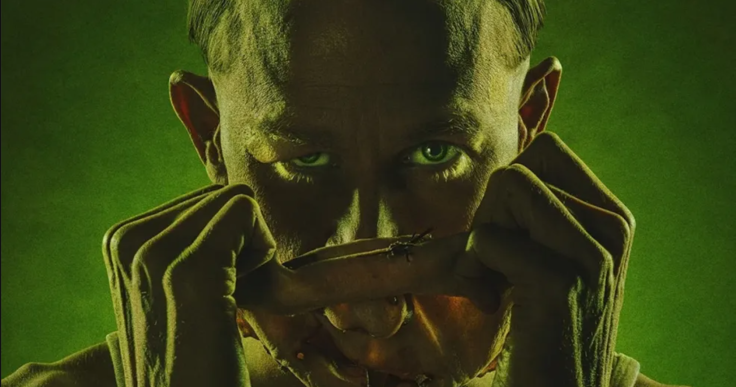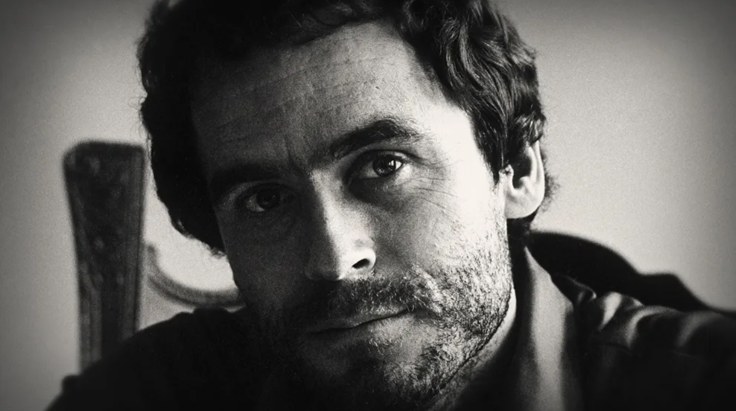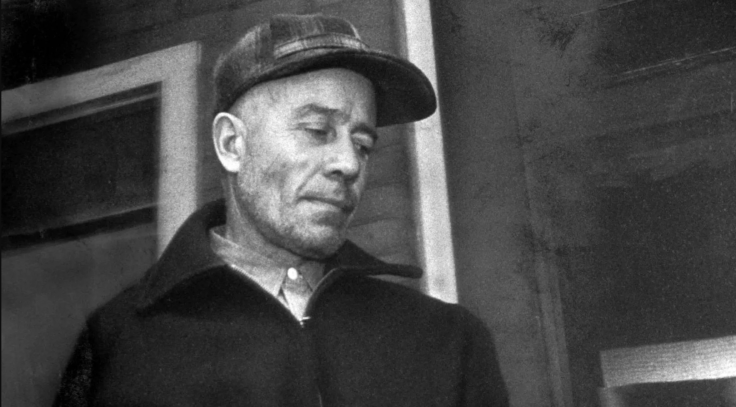Monster's Ed Gein-Ted Bundy Plot Twist Shocks Fans—How Much Is True About the Butcher of Plainfield?
Ted Bundy was a notorious American serial killer who used to target young girls and women

Ryan Murphy's Netflix series Monster: The Ed Gein Story culminates in a shocking plot twist. Heavy spoilers ahead.
In the final episode, Ed Gein is shown playing an active role in helping the FBI capture Ted Bundy, offering tips about Bundy's tools, even identifying details about his car. For many viewers, this twist blurs the line between fact and fiction, leaving audiences to ask, 'Did that really happen?'
Was Ed Gein somehow involved in the manhunt for Ted Bundy, or is the series using creative license to craft a dramatic ending? When you dig into the historical record, the truth is much more mundane, though arguably no less chilling.
The Final Episode and the Bundy Twist
In the season's final instalment titled 'The Godfather', viewers see Gein institutionalised after his 1957 arrest. The show introduces real FBI agents John Douglas and Robert Ressler as they investigate the Bundy case.

For those who are not aware of Bundy's crimes, they must know that the man was responsible for dozens of murders in the US. He confessed to killing 36, reportedly after his arrest. An infamous sadistic killer, Bundy was known as a manipulator due to his charisma.
According to the dramatisation, Gein predicts the type of saw Bundy would use, shares a letter revealing Bundy's name and car model, and seems satisfied that he has contributed to the arrest. It's presented as a turning point for his character, one where fantasy and legacy collide.
The narrative treats it almost as a documentary-style: law enforcement visits, shared materials, and gleaned insights all portrayed without overt signals that these scenes might be part of a delusion or exaggeration.
What the Historical Record Actually Shows
Fact-checking against reliable sources reveals there is no evidence Ed Gein ever helped catch Ted Bundy. Gein's criminal activity, confession, trials, or institutionalisation make no mention of correspondence with the FBI related to Bundy. He died in 1984, having been committed to psychiatric institutions since 1957, and was legally insane for much of his time.

Meanwhile, Bundy's arrest in 1978 followed routine investigative procedures, including traffic stops, escapes, and suspect behaviour, none tied to Gein directly.
Further, multiple fact-check pieces on Monster render the Gein-Bundy subplot as entirely fictional. Reports confirm that Gein was never involved in Bundy's capture and that the show exploits this twist for dramatic effect.
What Monster Gets Right, and What It Invents
Ed Gein's real crimes are grisly, and the show handles many of those with relatively close adherence. His confessed murders of Mary Hogan (1954) and Bernice Worden (1957), his grave-robbing, and his eventual confinement in psychiatric institutions are well documented. His diagnosis of schizophrenia and legal outcome (found not guilty by reason of insanity) align with historical fact.
Where Monster diverges significantly is in the romantic relationships it fabricates (e.g. with a neighbour 'Adeline Watkins'), depicting Gein's involvement in additional murders, and, most notably, the Bundy capture subplot. These elements have been flagged by critics as dramatised or invented.
Legacy, Myth & True Crime Storytelling
While the Gein-Bundy twist is historically inaccurate, it reflects a trend in true crime media that blends fact, myth, and personal psychology. Monster seems to use that twist as a metaphor.
The final scenes of visions, hallucinations, and dark praise from other killers are less about literal cooperation and more about legacy, guilt, and myth-making. For fans, it's a reminder to take dramatised true crime with caution because compelling storytelling doesn't always mean strict fact.
© Copyright IBTimes 2025. All rights reserved.





















